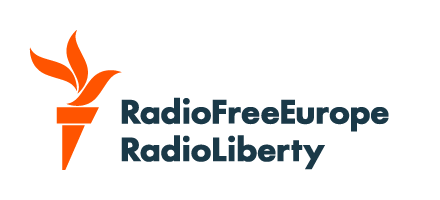Iranian Foreign Minister Abbas Araqchi said Iran is not enriching uranium anywhere in the country after devastating air strikes by Israel and the United States in June, though it reserves the right to do so.
Speaking at a legal forum on November 16, Araqchi said all Iran's enrichment facilities are under IAEA safeguards and monitoring.
“There is no undeclared nuclear enrichment in Iran.... Enrichment is not currently being conducted, as our enrichment facilities have been attacked,” he said, according to the state news agency IRNA.
The Israeli and US strikes in June hit key military and nuclear targets, embarrassing Tehran as it appeared unable to defend itself effectively.
Officials have offered varying accounts of the scale of the damage incurred, creating an impression of chaos in the Iranian leadership while raising questions about what's left of Tehran's nuclear program, which it insists is purely for civilian purposes.
The attacks prompted Iran to reevaluate its nuclear strategy and, after declaring the end of international oversight of its nuclear program due to the expiry of the 2015 nuclear deal in October, Tehran -- which maintains it has never and will not seek to weaponize its nuclear program -- now operates with strategic opacity.
Iran Steps Up Construction Of Site Buried In Mountain
The IAEA said Iran had more than 400 kilograms of uranium enriched to 60 percent purity before the June strikes. It is unclear how much of the highly enriched material -- current nuclear weapons are approximately 93.5 percent enriched uranium-235 -- survived.
However, recent satellite images analyzed by experts at the Washington-based Center for Strategic and International Studies (CSIS) suggest that while there is little to no activity at the three sites -- Isfahan, Natanz, and Fordow -- targeted in the strikes, Iran has stepped up construction at a site buried in Pickaxe Mountain near Natanz.
It was initially said to be a centrifuge assembly site, but recent developments suggest that Tehran may be expanding its original plans for the site, according to Joseph Rodgers, a deputy director of the CSIS’s Project on Nuclear Issues.
"I think this gets to a broader point about the status of the Iran nuclear program, which I think if I had to use one word to describe, I would describe as limbo," Rodgers told RFE/RL's Radio Farda earlier this month.
"I think the Iranians are figuring out what to do next with their program."
Foreign Minister Araqchi told the forum on November 16 that Tehran is willing to restart nuclear talks with the West but only on the basis of mutual respect.
US Secretary of State Marco Rubio in September called on Iran to "accept direct talks, held in good faith, without stalling or obfuscation."
Britain, France, and Germany announced that so-called snapback sanctions had been reimposed on Iran as of September 28 for failing to "take the necessary actions to address our concerns" over allowing authorized IAEA inspectors to regain access to Iran's nuclear sites.
The countries also citied Tehran's failure to produce and transmit to the IAEA a report "accounting for its stockpile of high-enriched uranium."
The European powers reimposed the sanctions after accusing Iran of violating a 2015 deal aimed to prevent it from developing a nuclear weapon. The sanctions had been lifted as part of the deal.










